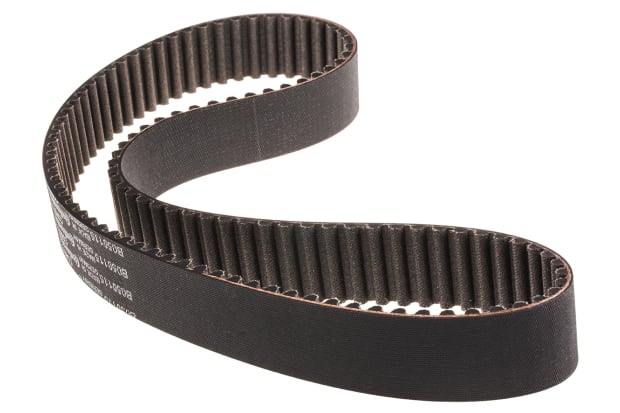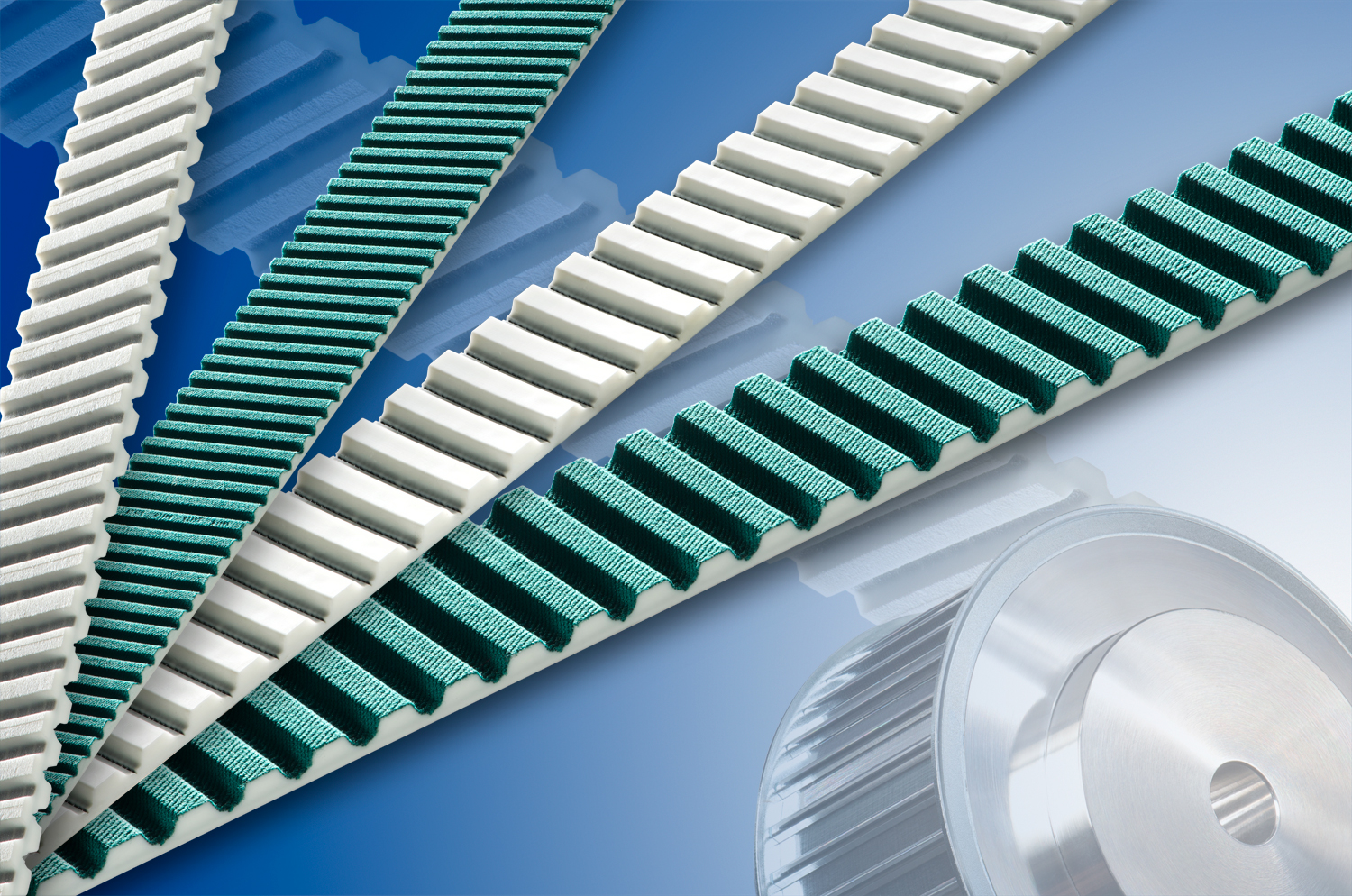What role do materials and coatings play in the performance and longevity of V-belt tensioners?
Materials and coatings play a significant role in the performance and longevity of V-belt tensioners. The choice of materials and the application of appropriate coatings can greatly impact the durability, reliability, and overall effectiveness of the tensioners. Here’s a detailed explanation of the role materials and coatings play in the performance and longevity of V-belt tensioners:
- Material Selection:
- Coatings:
- Zinc or Chrome Plating: These coatings provide excellent corrosion resistance, protecting the tensioner from environmental factors, such as moisture and chemicals. They also enhance the aesthetic appearance of the tensioner.
- Powder Coating: Powder coating is a durable and long-lasting coating option that provides corrosion resistance and improved wear resistance. It can also offer a variety of color options to match specific design requirements.
- Teflon or PTFE Coating: Teflon or PTFE (Polytetrafluoroethylene) coatings offer low friction properties, reducing wear and extending the life of the tensioner. These coatings are particularly useful in applications where minimizing friction and energy losses are critical.
- Ceramic Coating: Ceramic coatings provide excellent hardness and wear resistance. They are often used in high-performance applications where the tensioner is subjected to severe wear and abrasive conditions.
- Benefits for Performance and Longevity:
- Increased Wear Resistance: High-quality materials and coatings can significantly improve the wear resistance of tensioners, reducing the rate of wear and extending their service life. This is particularly important in applications with high belt speeds, heavy loads, or abrasive environments.
- Enhanced Corrosion Protection: Coatings, such as zinc or chrome plating, provide effective corrosion protection, preventing rust and degradation of the tensioner in humid or corrosive environments.
- Reduced Friction: Coatings, such as Teflon or PTFE, reduce friction between the tensioner and the belt, minimizing heat generation and energy losses. This improves the efficiency of the V-belt system and reduces wear on both the tensioner and the belt.
- Improved Surface Hardness: Coatings, such as ceramic coatings, enhance the surface hardness of tensioners, making them more resistant to wear and abrasion. This results in longer-lasting tensioners that can withstand demanding operating conditions.
The selection of materials for V-belt tensioners is crucial as they need to withstand the demanding operating conditions encountered in V-belt systems. High-quality materials with excellent mechanical properties, such as strength, hardness, and wear resistance, are typically chosen. Common materials used for tensioners include metals, such as steel or cast iron, and advanced polymers, such as thermoplastics or thermosetting plastics.
Metal tensioners offer high strength and rigidity, making them suitable for heavy-duty applications with high tension loads. They are also resistant to temperature variations and provide stability under demanding conditions. Polymer tensioners, on the other hand, offer advantages such as lightweight, corrosion resistance, and reduced noise and vibration transmission. The choice between metal and polymer materials depends on the specific requirements of the V-belt system and the operating environment.
Coatings are often applied to the surfaces of V-belt tensioners to enhance their performance and extend their longevity. Coatings provide several benefits, such as improved wear resistance, corrosion protection, reduced friction, and enhanced surface hardness. Here are some commonly used coatings for V-belt tensioners:
The choice of materials and coatings in V-belt tensioners directly impacts their performance and longevity. Here are the key benefits they provide:
In summary, materials and coatings play a vital role in the performance and longevity of V-belt tensioners. The selection of high-quality materials and appropriate coatings ensures that tensioners can withstand the rigors of V-belt systems, resist wear and corrosion, reduce friction, and maintain their effectiveness over an extended service life. Considering the specific requirements of the application and the operating environment, manufacturers choose materials and coatings that optimize the performance and longevity of V-belt tensioners, ultimately contributing to the reliable operation of the V-belt system.
Can V-belt tensioners be customized or modified to suit specific industrial or automotive needs?
Yes, V-belt tensioners can be customized or modified to suit specific industrial or automotive needs. The design and functionality of tensioners can be tailored to accommodate various requirements and operating conditions. Here’s a detailed explanation of how V-belt tensioners can be customized or modified:
- Tensioner Design:
- Tensioning Force:
- Materials and Coatings:
- Additional Features:
- Application-Specific Testing and Validation:
V-belt tensioners come in different designs to accommodate specific needs. They can be customized in terms of their size, shape, and mounting options. Tensioners can be designed to fit specific space constraints in different applications, whether it’s a compact automotive engine compartment or an industrial machinery setup. Customizable tensioner designs ensure proper integration and installation in a wide range of systems.
The tensioning force of V-belt tensioners can be customized to suit specific needs. Different applications may require different tension levels based on factors such as the load requirements, belt type, and operating conditions. Manufacturers can design tensioners with adjustable tension settings or provide different tensioner models with varying tensioning forces. This allows users to set the desired tension for optimal performance and belt lifespan.
Customization options extend to the materials and coatings used in V-belt tensioners. Depending on the application’s requirements, tensioners can be manufactured using different materials such as steel, aluminum, or polymers to provide the desired strength, durability, and corrosion resistance. Additionally, specialized coatings can be applied to the tensioner surfaces to enhance wear resistance, reduce friction, or provide specific properties required for particular environments or applications.
Customization of V-belt tensioners can involve incorporating additional features and functionalities. For example, tensioners can be equipped with built-in damping mechanisms or shock absorbers to reduce vibrations and noise in high-speed applications. They can also be designed to accommodate accessories like belt wear indicators or automatic tension adjustment systems. Customized tensioners may include specific mechanisms or components to address unique requirements and improve overall system performance.
To ensure the suitability of customized tensioners for specific needs, manufacturers may conduct application-specific testing and validation. This involves subjecting the tensioners to real-world conditions and performance requirements to ensure they meet the desired specifications. Testing can include assessments of tensioner durability, tensioning force accuracy, temperature resistance, and other relevant factors. Application-specific testing helps verify the customized tensioners’ performance and reliability in the intended environment or application.
Customization and modification of V-belt tensioners allow them to meet the specific needs of industrial or automotive applications. Whether it’s adjusting the tensioning force, customizing the design, selecting appropriate materials and coatings, incorporating additional features, or conducting application-specific testing, manufacturers can tailor tensioners to optimize their performance and ensure compatibility with various systems and operating conditions.
Can you provide examples of products or machinery that rely on V-belt tensioners for efficient operation?
V-belt tensioners play a critical role in ensuring efficient operation in various products and machinery across different industries. Here are some examples of products and machinery that rely on V-belt tensioners:
- Automotive Engines:
- Industrial Machinery:
- HVAC Systems:
- Power Generation Equipment:
- Agricultural Machinery:
- Woodworking Machinery:
In automotive engines, V-belt tensioners are essential for the proper functioning of various components. Examples include the alternator, water pump, power steering pump, air conditioning compressor, and superchargers. V-belt tensioners ensure optimal tension in the belts, preventing slippage and ensuring efficient power transfer to these components.
A wide range of industrial machinery relies on V-belt tensioners for efficient operation. This includes conveyor systems, pumps, compressors, fans, blowers, and generators used in manufacturing plants, mining operations, construction sites, and material handling facilities. V-belt tensioners help maintain proper tension, preventing belt slippage and ensuring reliable power transmission.
Heating, ventilation, and air conditioning (HVAC) systems commonly incorporate V-belt tensioners. These tensioners are used in HVAC fans, blowers, and pumps, which are critical components of climate control systems in buildings and industrial facilities. Proper tensioning of V-belts with tensioners ensures efficient operation and optimal performance of the HVAC equipment.
V-belt tensioners are vital in power generation equipment such as generators and turbines. These tensioners help maintain the proper tension in the belts, ensuring efficient power transfer from the prime mover to the generator or turbine. Reliable tensioning is crucial for the optimal performance and operation of power generation systems.
Agricultural machinery heavily relies on V-belt tensioners. Tractors, combines, and various agricultural implements use V-belts to transfer power to components such as grain augers, hay balers, and irrigation pumps. V-belt tensioners ensure proper tensioning, preventing slippage and ensuring efficient operation in demanding agricultural environments.
Woodworking machinery, such as saws, planers, and sanders, often utilize V-belt tensioners. These tensioners help maintain the proper tension in the V-belts that drive the cutting tools and other components of the woodworking equipment. Efficient tensioning ensures precise and reliable operation in woodworking applications.
These are just a few examples of the wide range of products and machinery that rely on V-belt tensioners for efficient operation. V-belt tensioners are utilized in various other industries and applications, including marine propulsion systems, construction equipment, mining machinery, and more. The specific use of V-belt tensioners depends on the requirements of the application, ensuring reliable power transmission, extended belt life, and optimal performance.
editor by CX 2023-12-21




